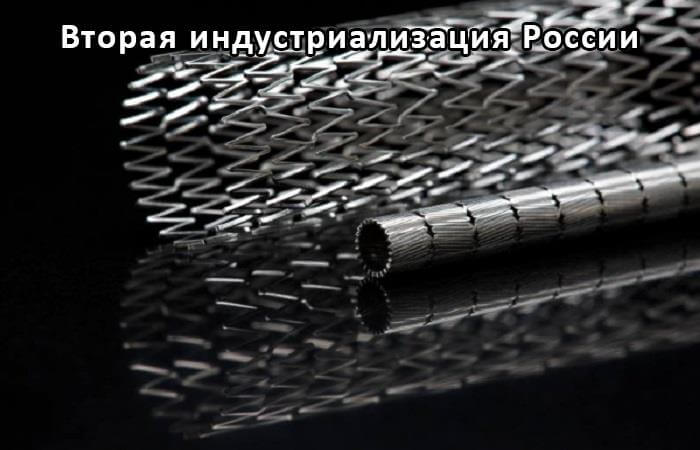Laser-acoustic defectoscope for materials research

Laser-acoustic flaw detector (LAD) to investigate the internal structure of materials.
Laser-acoustic defectoscope is designed to study the internal structure of metals, plastics, composites and detection of defects with high spatial resolution. Laser-acoustic defectoscope can be used to determine the porosity of various materials, dimensions, thicknesses of layers, control of the bonding in layered materials, surface roughness and corrosion of the surfaces (including the back), and to determine the fatigue stresses of various materials and plots of residual stresses.
The technology is awaiting funding!
Technical characteristics of the laser-acoustic defectoscope of the model LAD-6-1000
Description:
Laser-acoustic defectoscope is designed to study the internal structure of metals, plastics, composite materials and detection of defects with high spatial resolution. Unlike standard piezoelectric flaw detectors, in laser-acoustic flaw detector (LAD) is used opto-acoustic effect is to initiate a short ultrasonic signals in the absorption of the laser pulses.

Laser-acoustic defectoscope can be used to determine the porosity of various materials, dimensions, thicknesses of layers, control of the bonding in layered materials, surface roughness and corrosion of the surfaces (including the back), and to determine the fatigue stresses of various materials and plots of residual stresses.
Principle of operation:
The laser pulse hit the surface of the special opto-acoustic oscillator (OAS), and initiate broadband acoustic signals. Their shape is determined by the design and optical characteristics of the generator. By varying these parameters, it is possible to excite acoustic pulses with known shape and spectrum.

The output is a very short and powerful pulses. This dramatically increases the resolution of the flaw detector 10 times and dramatically increases its sensitivity. Excited by the laser in the OAS (consists of piezoelectric crystals) are the acoustic signals into the test object, scattered by the inhomogeneities of the internal structure of the object and are recorded by piezoelements with high temporal resolution.
As the ultrasonic transducer–piezoelement in this case is receive-only, it allows to optimize the mode of its operation and to ensure the required reception performance and high temporal resolution. In laser-acoustic defectoscope almost no dead zone.
Advantages:
– portable and convenient to use
– connects to conventional computer
– wide range of applications (detection of internal defects, porosity determination, measurement of the thickness of layers, control of adhesion, roughness and corrosion of surfaces, including including the back, the definition of fatigue and the plots of residual stresses),
– applied to various products of metal, alloy, plastic, composite materials,
– high ( 10 times more) sensitivity.
Technical characteristics of the laser-acoustic defectoscope of the model LAD-6-1000:
| Features: | Value: |
| The probing depth for metals and alloys, mm | 0.3 – 60 |
| The probing depth for composites, mm | 0.15 – 40 |
| The minimum size of detectable defects and the spatial resolution at depth, mm | 0.3 – 0.5 |
| The diameter of the irradiated area, mm | 3 to 4 |
| dynamic range, dB | 70 |
Note: the description of technology for example laser-acoustic defectoscope of the model LAD-6-1000.



